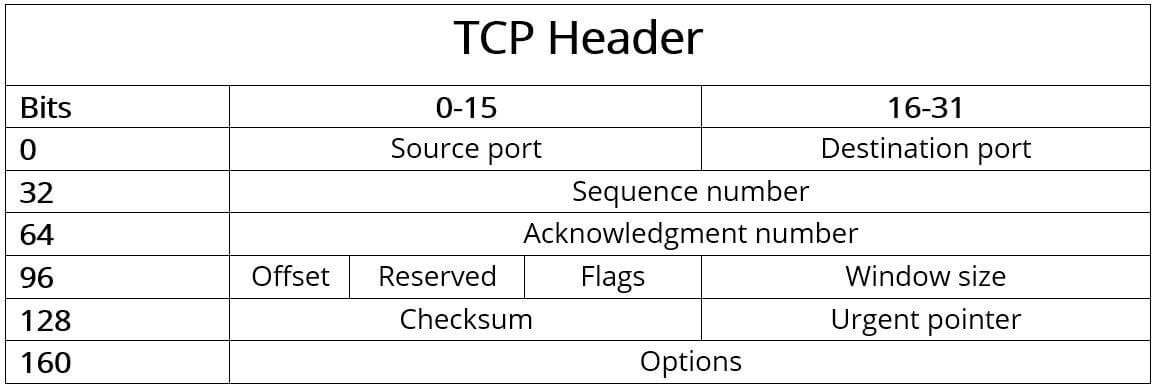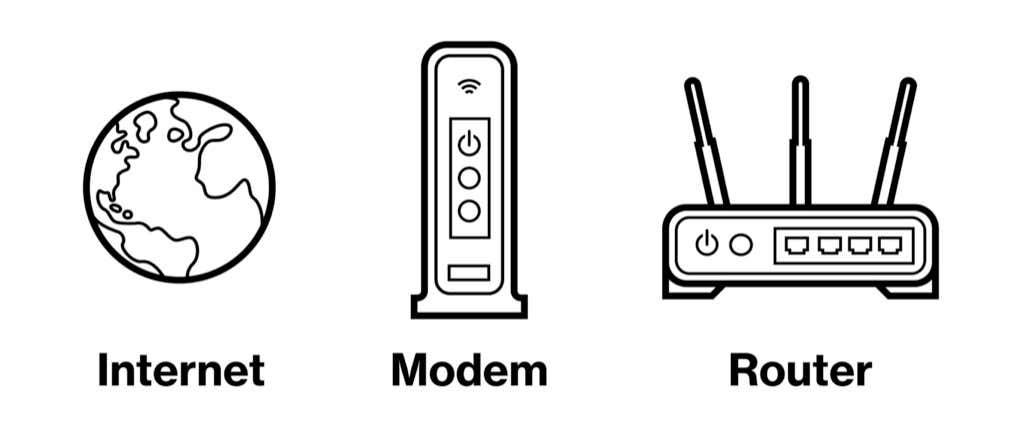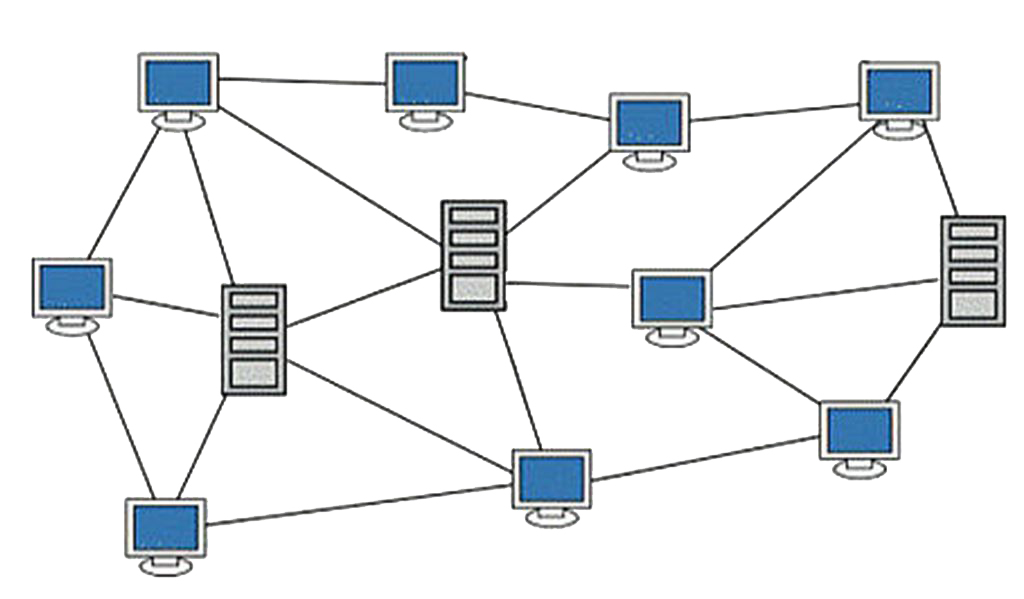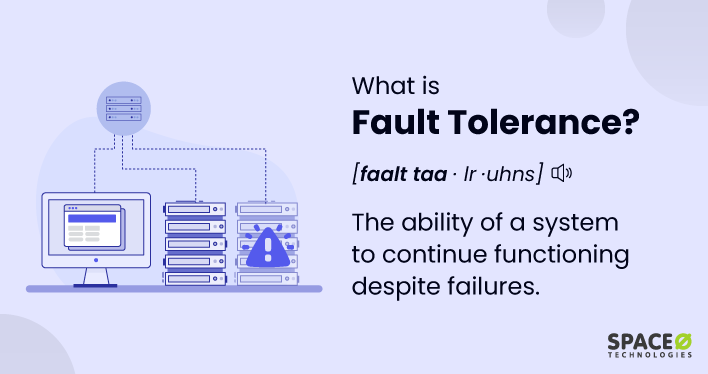How is the internet fault tolerant?
A learning website for APCSP
Fault Tolerance is the concept that even if there is some failure in the components that make the internet function, the entire system can remain stable because there backup components and systems in place.





